It’s been a long time since 1938. The Depression was in motion and World War II was brewing under the sentiment. Doesn’t seem to be an ideal time to start a magazine but that’s what the folks at Northwest Plastering Industries magazine seemed to have the gumption to do. And we thank them for it.
What may seem primitive now was quite groundbreaking during this time. The advent of drywall was and still is more or less conceptually the same, yet quality, production, cost and labor has still held for gypsum board to be the domineering product for post-War construction.
In the ‘60s, a new type of cladding that resembled stucco was invented in Europe and then found its way stateside. EIFS still is the cladding that brought a good fight against the brick and mortar market and continues to be the cladding that pleases folks with its aesthetic while homeowners and commercial property owners love its energy savings. Given the concept of continuous insulation, EIFS couldn’t have a better testimonial from the IBC and ICC.
For those builders that employ more modern and energy efficient alternatives, ICFs and SIPs have always been an excellent choice.
Firestopping and fireproofing are both the stealth agents that, although they offer no “curb appeal,” these types of products offer responsible builders perhaps what is the most important benefit to those that have them—safety. From the Great Chicago Fire to London’s recent tragedy, Grenfell, these life-saving products are placed in loads of building materials: from shingles to gypsum board to types of insulation. Deterrents like these make the world a better place.
More can be said about how the industry has grown and flourished over the years. Building evolution should excite contractors—as much as it does engineers and architects—on what we can look forward to.
For this celebration, the magazine spoke to some friends with a history of their own.
South Valley Drywall
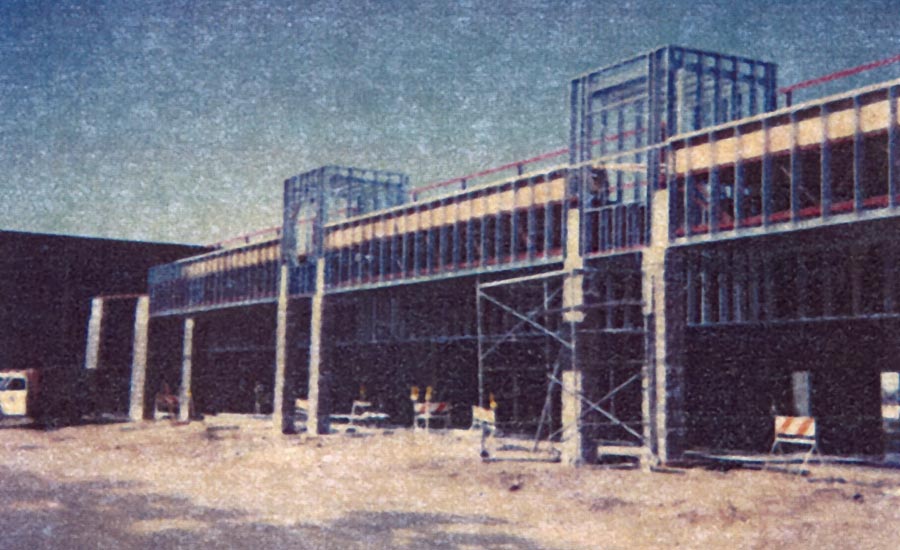
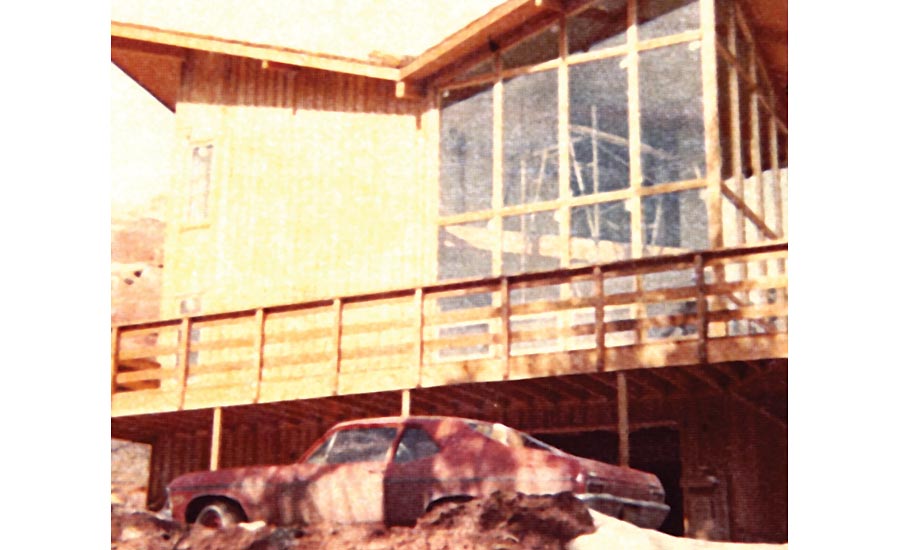
For 41 years, South Valley Drywall Inc. of Denver has been installing drywall, ceilings, carpentry, steel framing, insulation and much more. As one of our Top 50 honorees, the contractor has charted its own growth since its founding and things continue to look up for the company.
Its founder, Richard Vap recalls that when the company began in 1976, the economy wasn’t too hot. He cites the energy crisis, gasoline ration and high inflation among the obstacles it faced during the Carter years.
Yet, after all, he says it wasn’t that bad in regards to his business.
“[We had] gradual success our first three years and then started to get more momentum with every year,” says Travis Vap. “The future is bright for our industry and company. Millennials will push our company in ways that we cannot imagine. We will continue to see more prefabrication and componentization. The tools and technology coming to our industry are revolutionary and it is an exciting time to be in the industry.”
How the years have changed. According to Vap, among the developments that have most excited him over the years is how attaching drywall changed from nails to screws; innovations in cornerbeads and accessory items; building codes progressing; products continuing to evolve; engineered lumber improving quality of installation; tools progressing to improve installation; metal studs in commercial construction.
J&J Acoustics, Inc.
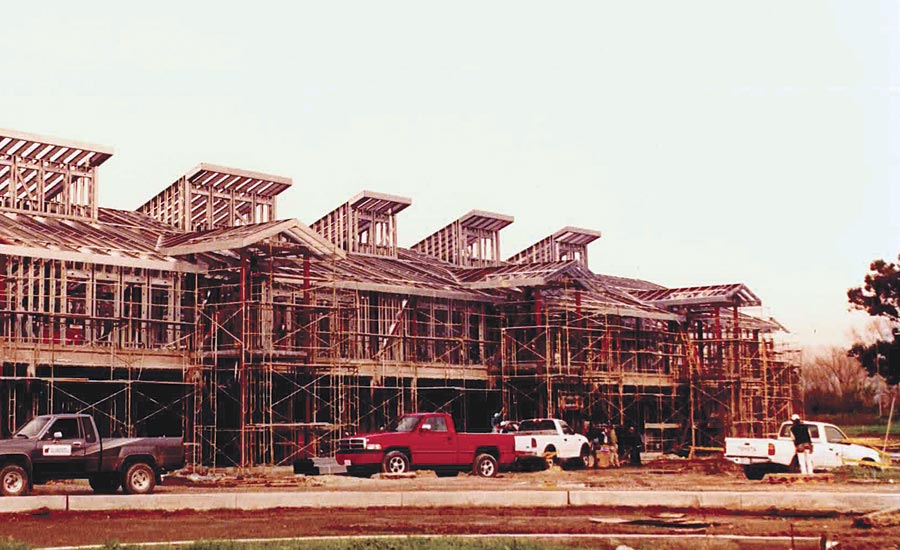
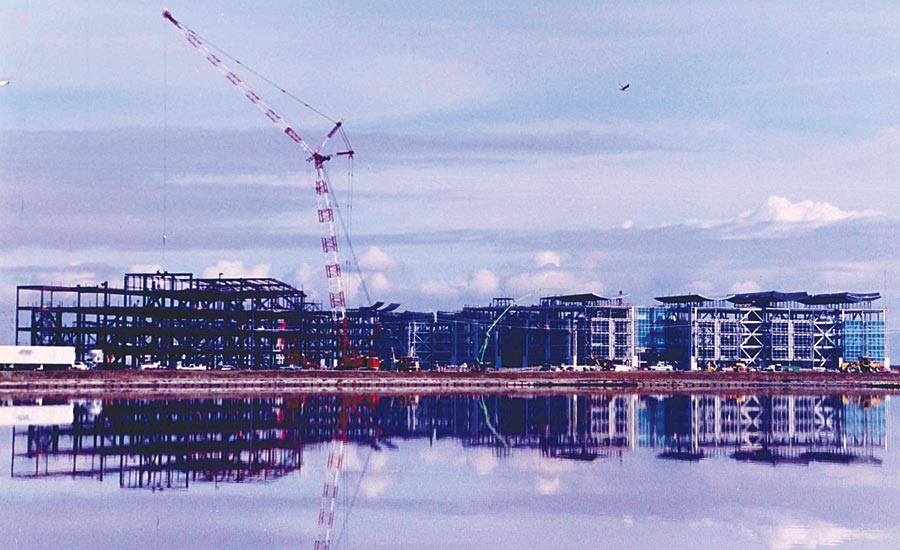
With 40 years in the business, founded by Jim Jean and now with his son Joe Jean in charge, J & J Acoustics of Santa Clara, Calif., has gradually been growing to the successful company it is now.
“When my dad Jim started the company 40 years ago, the Valley (area in Los Angeles) was obviously a much different place, with really only one large drywall company as competition. That said, this other company was already well established in the valley for 30 years so he had to hit the ground running to secure work,” says Joe Jean.”
When J&J Acoustics was founded, there were many events happening historically and economically. In 1977, Steve Jobs and Steve Wozniak incorporated the Apple Computer. The United States returned the Panama Canal back to Panama. Jimmy Carter was President of the United States. New York City had a blackout that lasted for 25 hours. The U.S. population reached 216 million people.
The averages for items were lower than what they are today:
- New home: $49,300
- Income Per Year: $15,000
- Gallon of Gas: .65 cents
- Car cost: $4,785
- Gallon of Milk: $1.67
The company survived the Dot-com bubble during the late 1990s. With a substantial company growth from 2004 to 2006, the second-generation succession plan was completed in 2003. The company was able to purchase a new office building and warehouse in 2008 and survived the Great Recession.
The company cites products such as cordless screw guns, BIM, On-Screen Take-offs and building plans being available on-the-go with an iPad has helped grow the industry—and J&J Acoustics, as a whole.
The future of J & J looks strong. The company currently has two $25 million projects that are slated to begin in 2018, as well as many other projects ranging in size and scope.
“We are excited to be located in the heart of Silicon Valley as we continue to be a part of an ever-changing environment and we are looking forward to what the next 40 years has in store for J & J Acoustics,” says Joe Jean.
The Raymond Group
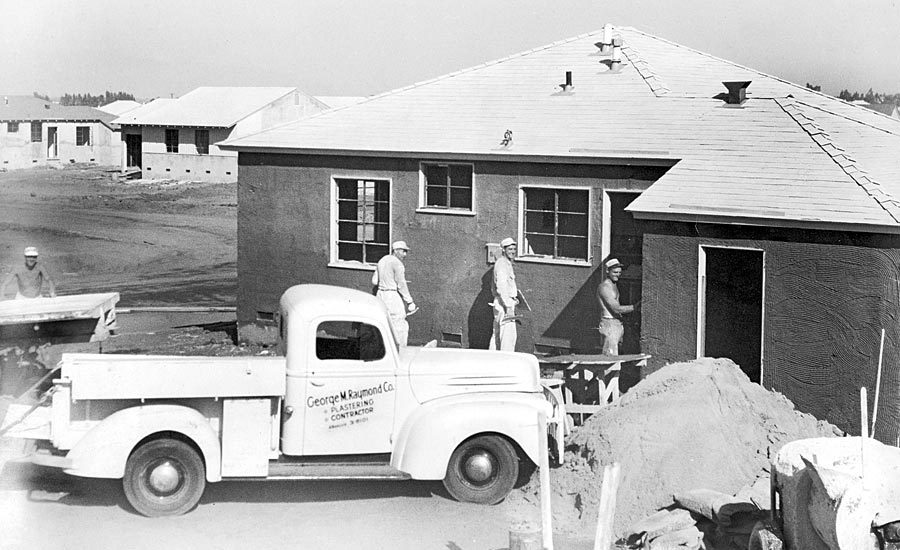
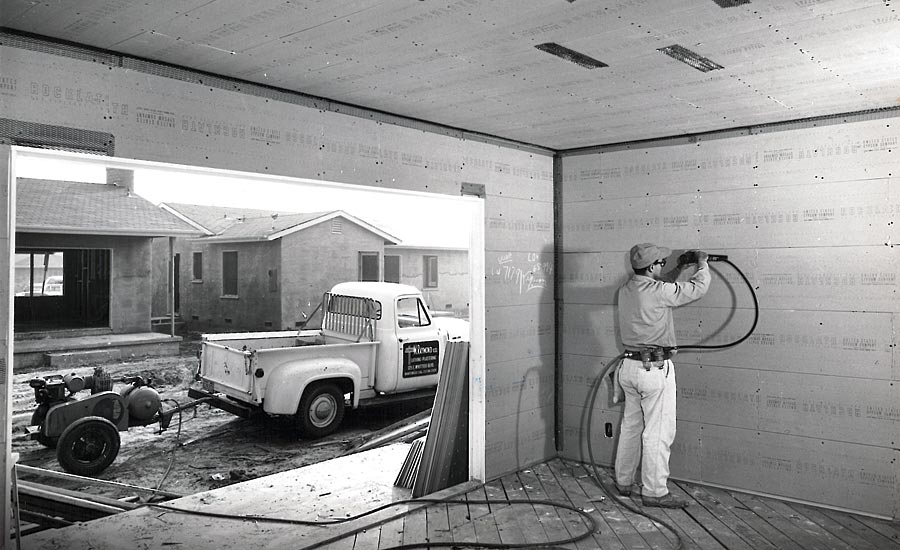
George M. Raymond founded The Raymond Group in 1936, a time when the country was still recovering from the lingering effects of the depression and the global tensions in Europe were moving the nation towards World War II. Residential work in the Southern California market was attractive and George M. Raymond focused on the industry segment. Working closely with his wife Averill, George started the company as an individual contractor and applied good business sense and ethical work practices to the company. Over the years, these qualities set The Raymond Group apart from its competition and positioned it well for the company to capitalize on a better and expanding economy in the post-war era.
With 81 years in business, the historical success enjoyed by The Raymond Group has been gradual over the years. Growth has been measured by the opportunities in the marketplace, conservative risk management practices and the disciplined use of available resources. The Raymond Group is located in Orange, California with offices in San Diego, Northern California Bay Area and Las Vegas.
According to Travis Winsor, the CEO at The Raymond Group, the company “follows a philosophy that success is not made on any individual project, but over a period of time by earning the respect and trust of its clients who have confidence in the integrity of the organization.”
In the early 1940s, The Raymond Group was awarded the plastering contract for the new City of Lakewood Development Project. Known today as one of America’s first “instant cities,” the Lakewood project was one of the first archetypal post-World War II American suburbs. By the mid-1940s, The Raymond Group had plastered over 1,000 homes in the city in Lakewood, laying the foundation for the generation known today as the “baby-boomers.”
In 1952, The Raymond Group had expanded into the commercial construction side of the lath and plastering industry, completing its first multi-million dollar project: the Pioneer Savings & Loan Association building on Wilshire Boulevard in Los Angeles. Through the course of the project, Raymond had the opportunity to work with the renowned Wenceslaus Sarmiento, a 1922 Peruvian born architect who became known for his postwar, high-rise bank buildings that still dot the skyline of metropolises all across the country.
The company has had many projects through the years that have shaped the company into the success that is today:
The Los Angeles International Airport’s Theme Building where Raymond worked closely with the famed architectural firm of Pereira & Luckman to construct the iconic flying saucer in 1961 which was deemed a cultural and historical monument in 1992 by the Los Angeles City Council.
The 44-story, twin Century Plaza Towers located in Burbank, for Tishman Realty and Construction in 1966 where the company worked with leading architect, Minoru Yamasaki. Yamasaki followed the Century Plaza Towers project with the winning design of the famed World Trade Center Towers in NYC.
Marking Raymond’s beginning of the “pull-market” strategy of expansion, their first international project, The Shanghai Bank in Hong Kong, took place in 1983.
In 2001, Raymond completed its first full virtual modeling project, today it is known as BIM, working alongside Perini Building Co. on the completion of the Mohegan Sun, which became the second largest casino in the United States in Uncasville, Conn.
Raymond collaborated with Hathaway Dinwiddie Construction Company and renowned architect Richard Meier to complete the classic Roman design of the Getty Center in 2005 that quickly became the crown jewel of U.S. museums.
In 2009, Raymond’s revenues neared $300 million, ranking Raymond #3 in Engineering News Record’s Top 600 Specialty Contractors in the United States.
Part of the revenue came from one of Raymond’s largest projects to date, The City Center in Las Vegas. The project boasts as the largest privately funded project in the United States and has the largest employed staff in the entire state of Nevada.
The Raymond Group’s current projects that were recently completed include:
UCSD Jacobs Tower Medical Center in 2016.
Wilshire Grand Center, Guardians of the Galaxy at California Adventure in 2017.
Raymond is now one of the leading wall and ceiling contractors operating on the West Coast but also preforming projects nationwide.
Acousti Engineering Co. of Florida
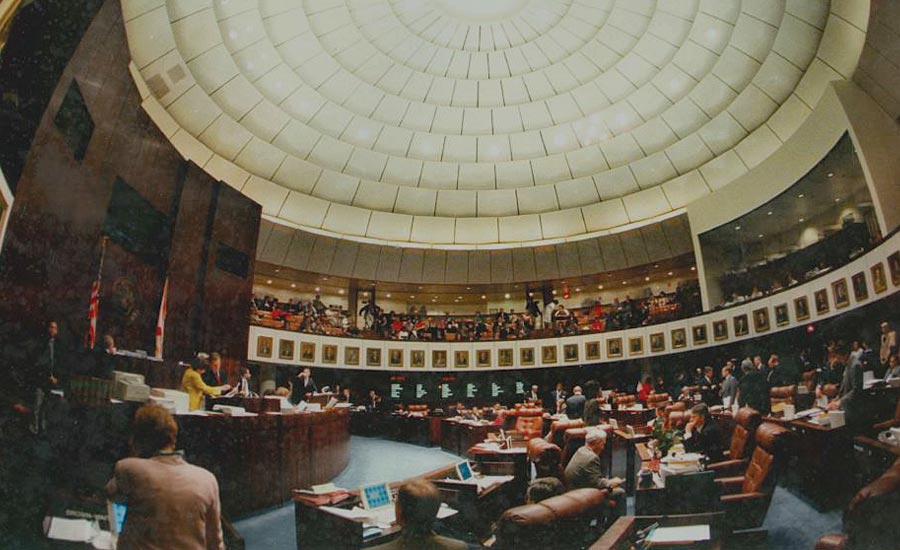
Almost three quarters of a century has gone by for Acousti Engineering Co. of Florida. Founded in 1943 and becoming incorporated in 1946, C.A. Loomis (a.k.a. the Sitting Bull), with World War II ending, was looking to create a new innovative cane fiber acoustical ceiling tile in conjunction with the Celotex Corp., a division of Jim Walter Homes, who were building GI homes in a kit.
Headquartered in Orlando, with 22 branches across the Southeast, the company is now ran by President and General in Chief James R. Verner Jr.
C.A. Loomis’s invention of the cane fiber acoustical ceiling tile propelled Acousti into the forefront of the acoustical ceilings emerging markets throughout the South East corridors. With help of the CADD and BIM-Revit designs, along with cloud-based estimating and project management, Acousti has been able to stay in that forefront.
“In the early 1960s, we were a $5 to $10 million firm with only three Florida based offices,” says Verner. “We now have broken the $250 million mark and have 22 branches across the major southeast cities and we are still growing and expanding throughout the Southeastern States.”
Paul Johnson Drywall
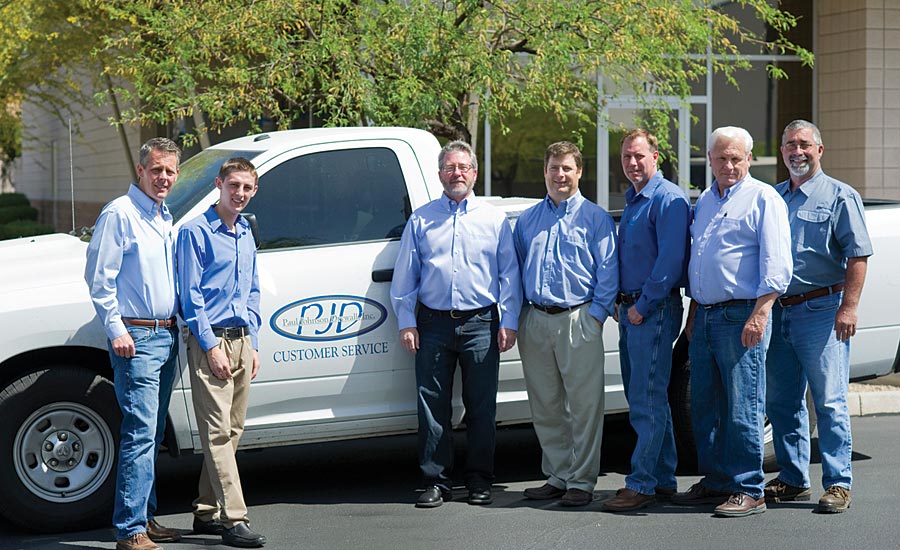
Paul Johnson Drywall has been succeeding for half of a century now. The company, founded in the Summer of Love (in Phoenix), premiered as a drywall installer. The builder John F. Long contracted with Paul Johnson Drywall to build more than 33,000 homes over several decades, building an entire community known as Maryvale.
“These were the days in Arizona when the American Dream of being a home owner was being realized by more and more people,” says President Cole Johnson.
The success of these houses was not immediate. This lasted over several decades, according to Johnson, as an entire community was born. But, with the real estate turns over the years, the company faced the same challenges as others in the construction industry.
With the most recent recession, Paul Johnson Drywall was in a secure position, having no debt, and having strong relationships with its customers and vendors, says Johnson.
“This time was used to recruit top workers from other firms who were laying off staff, and provide our customers a cost break. Thanks to our strong financial status, our appealing cost and reliable team of workers, we came out of the recession strong, and our success has continued so much so, we really feel that we are winning.
“Over the past several years, we’ve worked with the department of labor to advocate for them, and adopt their best practices in that our crews are W-2 employees, and we offer both healthcare and paid vacation to our full-time workers. Because of these efforts, we’re working to raise the bar in our industry, and have seen that this has resulted in having a better, safer workforce. We’re also retailing our crews because of our long list of projects, which allows us to not only guarantee work for our crews, we’re also able to accommodate their requests of where they want to work, which is usually near home for a shorter commute. Having a strong customer base with the best workforce is a winning combination. Earning this success was more gradual.”
Ronsco Inc.
Ronsco, founded in 1960 by Hyman Zaretzky, built its empire in the state where the Empire State Building exists. The opportunity for the contractor to get started with loads of skyscrapers being built in the city caused an immediate success for the business.
The business has been able to stay in the family with Lee Zaretzky leading the company as president, today. The future for the company seems bright, as Lee says business is, “very promising—New York is a city that never sleeps and always builds.”
Sustainable products and practices with end user satisfaction, comfort and efficiency has been prime in helping the company continue to succeed, states Lee Zaretzky.
And what are some important landmarks in your company’s history?
- Designing/engineering light-gauge exterior framing and a wall system for the Novotel Hotel in Times Square.
- In the early 2000s, the company completes a one million square foot renovation of JPMChase headquarters on Park Ave.
Titan Interiors
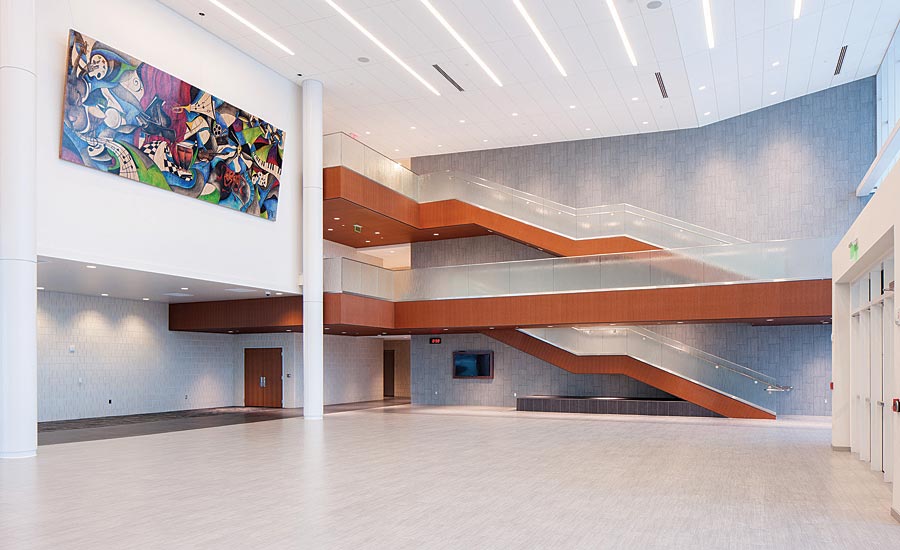
One of the newer companies, Titan Interiors of Grand Rapids, Mich., has only been around for the past seven years. Founded in 2010, Rudy and Muhamed Kadiric found themselves amidst the recession. With one of their important landmarks being that they were named to our Top 50 Contractors list for the second year in a row, we are interested to see the future of this company.
California Drywall Co.
The United States and the world were coming out of the end of World War II in 1945 and entering into the post-World War II economic expansion. In the U.S., the boom was manifested in suburban development and urban sprawl that lead Leonard Eckstrom to create the California Drywall Co. in San Jose, Calif. Now lead by Greg Eckstrom, 71 successful years of business has lead the company to become a “regional and national leader for the past ten years,” says Eckstrom.
The company cites many timelines that have impacted and led the company to its current success:
- Building the innovative Eichler homes in Northern California starting in the late 1940s
- Building the iconic Eichler Summit, a 32-story 112-unit residential building atop Russian Hill in San Francisco from 1963 to 1965.
More recently, the company has been involved in a number of unique and high profile projects including:
- Levi’s Stadium for the San Francisco 49ers
- Numerous renovations and expansions at the San Francisco International Airport
- Worked in some capacity (framing/drywall, acoustic and specialty ceiling, paint, lath/plaster, fireproofing, etc.) on virtually every building at soon to be opened Apple Park in Cupertino.
“One of our biggest projects includes being a core trade partner on a 12-story 740,000 square foot 274-patient room hospital where we are using Integrated Lean Project Delivery to deliver a LEED-certified facility,” says Eckstrom. “The project incorporates the latest in construction management including target value design, BIM and advanced approaches to Integrated Lean Project Delivery. The goal is to build this facility below the cost of current healthcare market projects of similar size, and indications to date point to a successful outcome. This project is a Cost Plus IFOA (Integrated Form of Agreement) where trade partners are profit-at-risk.”
Granite State Acoustics Inc.
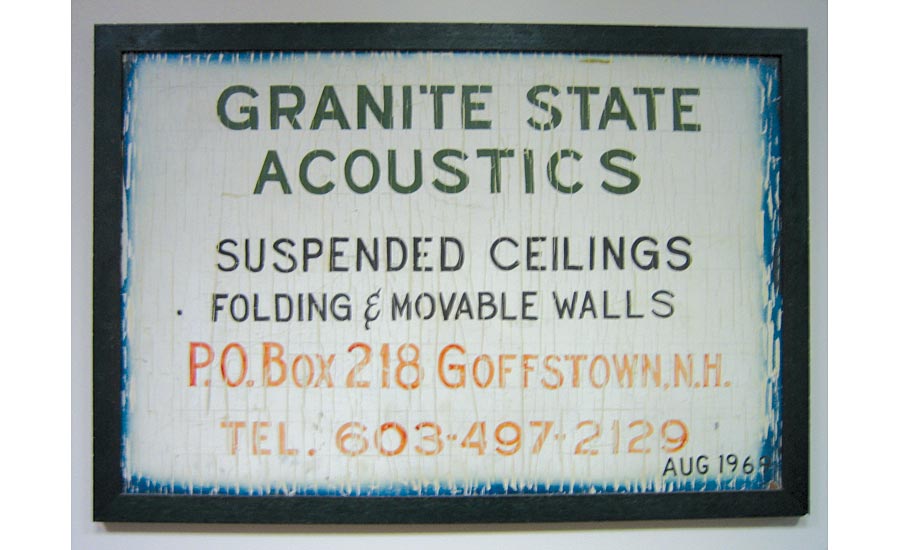
Forty-nine years ago, Richard Lamy, amongst the mild recession caused by the Vietnam War, unemployment climbing and Richard Nixon being president, decided to create a company which is now known as Granite State Acoustics in Bedford, N.H.
Richard Lamy worked long hours, traveling all over New England knocking on general contractor’s doors to build long-lasting relationships and, ultimately trying to “get his name out there.”
“Can you believe…doing all of this before cell phones, pagers, Nextel’s, computers/internet, fax machines, copy machines, our latest adding machines, etc. [were invented]? Only pay phones for communication wherever you could find one. He would call into the office and talk to his “secretary” Charlotte to get his calls,” says Jennifer Wyman, president of Granite State Acoustics and Richard Lamy’s daughter.
Richard Lamy started with just a clipboard, pencil with an eraser having to take notes by hand and call each of his crewmembers individually to talk about the next day. In this day and age, Jennifer has the ease of technology to help her company stay on task.
“So, in short, our company’s success came over time with hard work and determination starting with my father and now with myself. The apple does not fall far from the tree. Ask anyone who knows us both,” says Jennifer Wyman.
Conclusion
No matter which way you look at it, it is apparent that the industry has grown immensely since our magazine began and our magazine has grown with it. However, one thing will remain the same; W&C will continue to be the Voice of the Industry™ for many years to come.




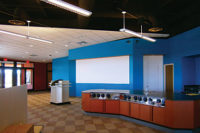
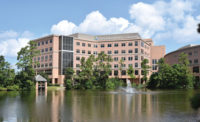
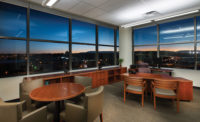
Report Abusive Comment